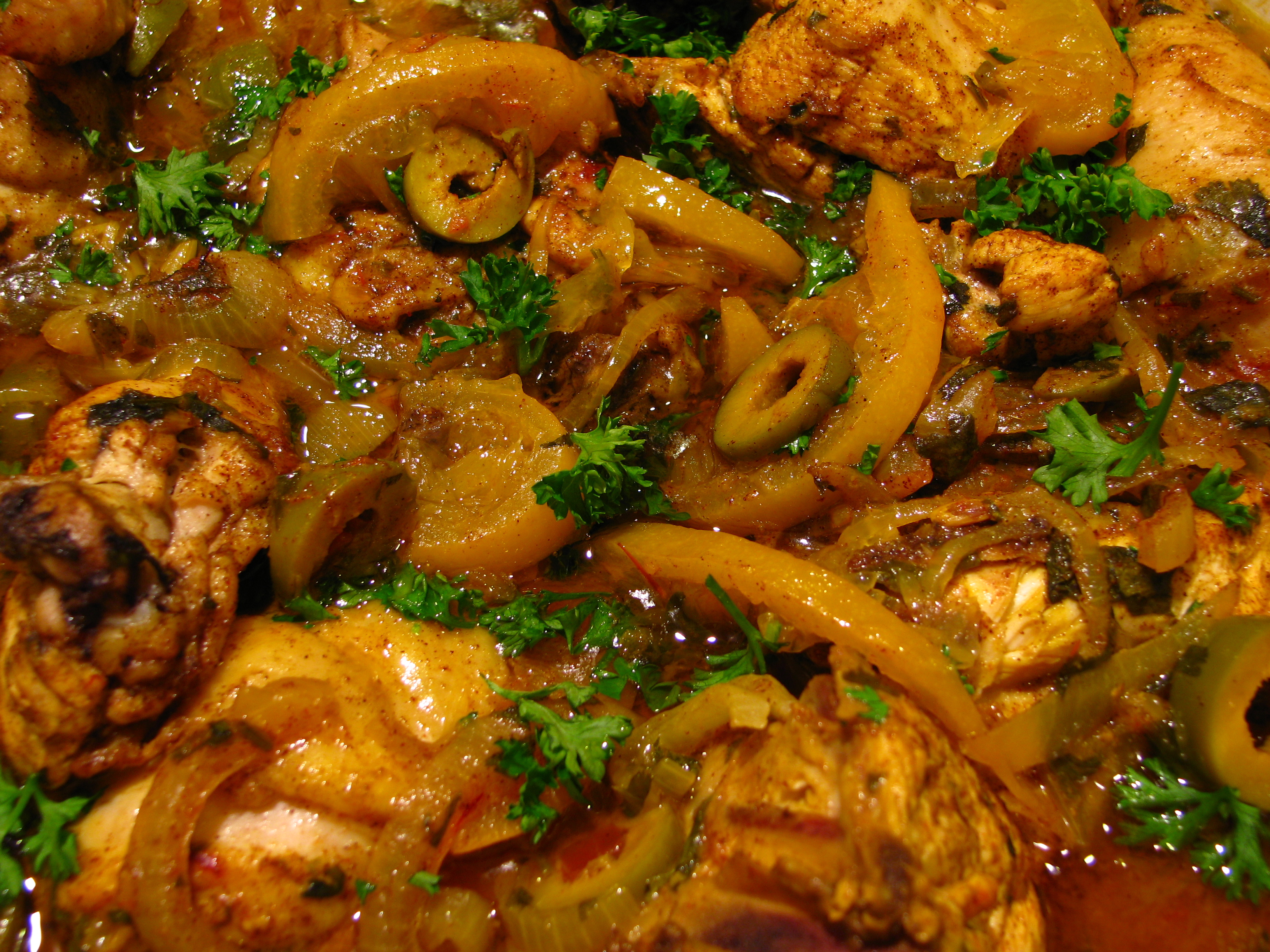
Name : Qasr al-Saghir (Ksar Es-Seghir)
Place : Commune of Ksar al-Majaz, province of Tetouan, Morocco
Construction date/period : AD 1287
Construction materials : Stone, fired brick, lime mortar, ashlar
Dimensions : 5000m2; diameter 200m
Situated in a bay on a stretch of coast that is relatively difficult to access by sea or land, Ksar es-Seghir never grew in size to rival the other north Moroccan ports.
The city of Qasr al-Saghir, which today lies in ruins, is located on a strategic site on the northern coast of the Tingitanian peninsula at the bottom of a bay protected by a natural buttress. The Phoenicians, then the Romans occupied the site, and during the Islamic conquest a fortress was built there. Under the Almoravids (1056–1147), the site was transformed into a military fortress, from which the Muslim troops left for Spain. The Almohads (1130–1269) turned it into a major shipyard, renamed Qasr al-Majaz (‘castle en route’ to Spain). In 1287, the sultan Abū Ya’qūb Yūsuf fortified it with a circular enclosing wall crowned with bastions and pierced with monumental gateways. During the Wattasid era (1428–1549), the site lost its military role. It did, however, remain independent and took the name of Qasr al-Saghir (small castle), continuing to serve as a port where provisions were loaded for the Nasrid state of Granada. In 1458, the Portuguese, led by Duarte de Meneses[1], captured the city and built a fortress there. Their domination lasted for over a century before the Moroccans reconquered the city.
The Islamic city of Qasr al-Saghir is an exception in medieval Moroccan town planning. The circular plans were not widely used in the Muslim West. Sabra al-Mansuriyya in Tunisia is a notable exception. The round city has an eastern heritage going back to high Antiquity. This is true for a number of Mesopotamian urban centres like Uruk, or Sassanid cities like Hatra. According to the chronicles in Islamic countries, the city of Baghdad is the most striking example of all the round or ‘perfect cities’.
The circular enclosure of Qasr al-Saghir is built from ashlar masonry and brick and flanked by semi-circular towers. Round, stone masonry towers had already been used in the Idrissid enclosure of al-Basra and in the Almoravid fortress of Amergou. There are three monumental doors in the wall flanked by square towers: the north-western door, Bāb al-Bahr (door of the sea), has an elbowed entrance. The corner bonds alternate brick and ashlar courses, which is an influence from Andalusia and, in particular, from Castilian Mudéjar art. Apart from their use for communication, these doors were also used for receiving taxes and goods.
The introduction of firearms in military strategies from the beginning of the fifteenth century, introduced radical changes into defensive architecture. Indeed, the ramparts of Qasr al-Saghir, which are high and slender, couldn’t support the weight of heavy canons. Consequently, the Portuguese demolished their upper sections and reinforced the lower sections with an external glacis. The towers also underwent transformations: some of them were reused in the construction of bastions, and others were consolidated and had their height reduced.
The Portuguese dug a ditch to secure the fortress ramparts, especially those on the continental side. This defensive structure is reminiscent of those around the Saadian bastions of Fez, Taza, and Larache, as well as the Spanish ramparts of the qasaba of al-Mahdiyya. In order to ensure the protection of the reinforcements and the provisions in the fortress in times of siege, a long covered passageway, called a curaçao, was built by the Portuguese to ensure access to the sea—this is the only known Moroccan example of this type of structure.
morocco culture,moroccan food,morocco food,moroccan cuisine,morocco beaches,moroccan meal,beaches in morocco,moroccan culture,hercules cave,hercules cave morocco









